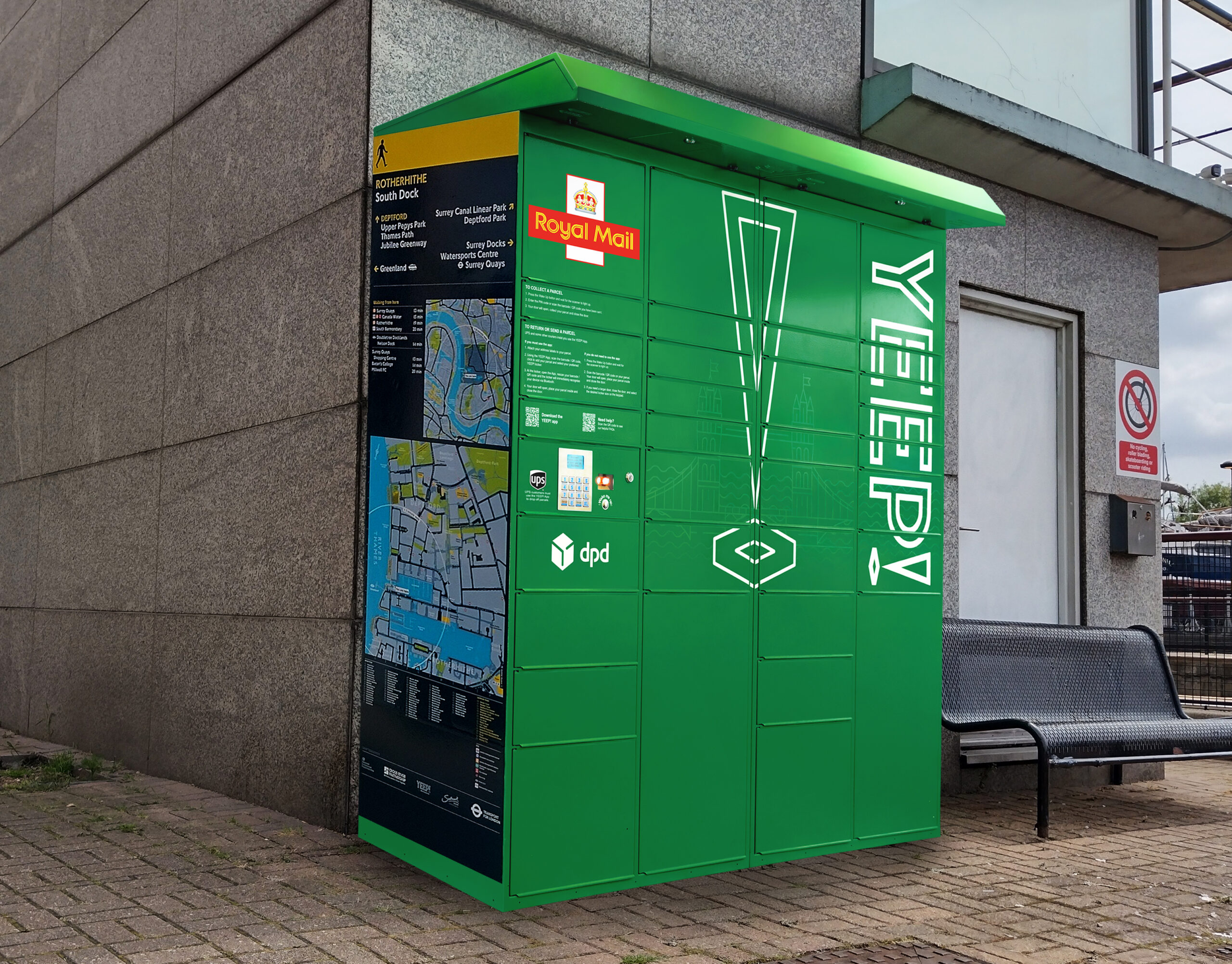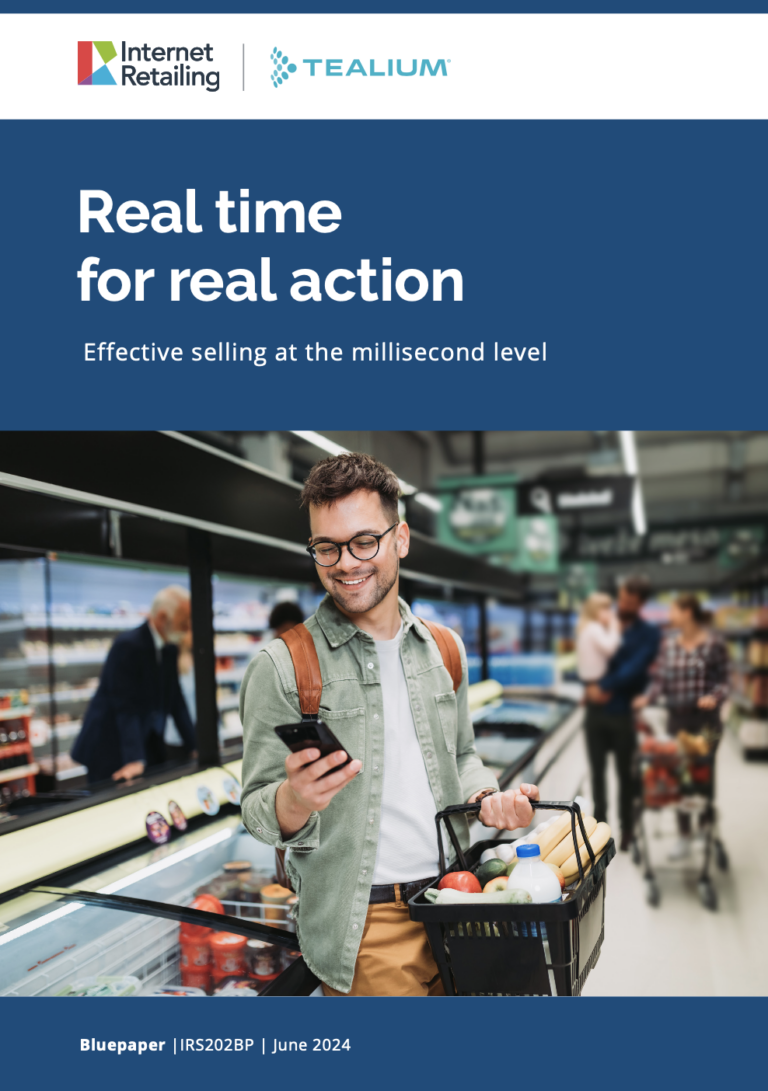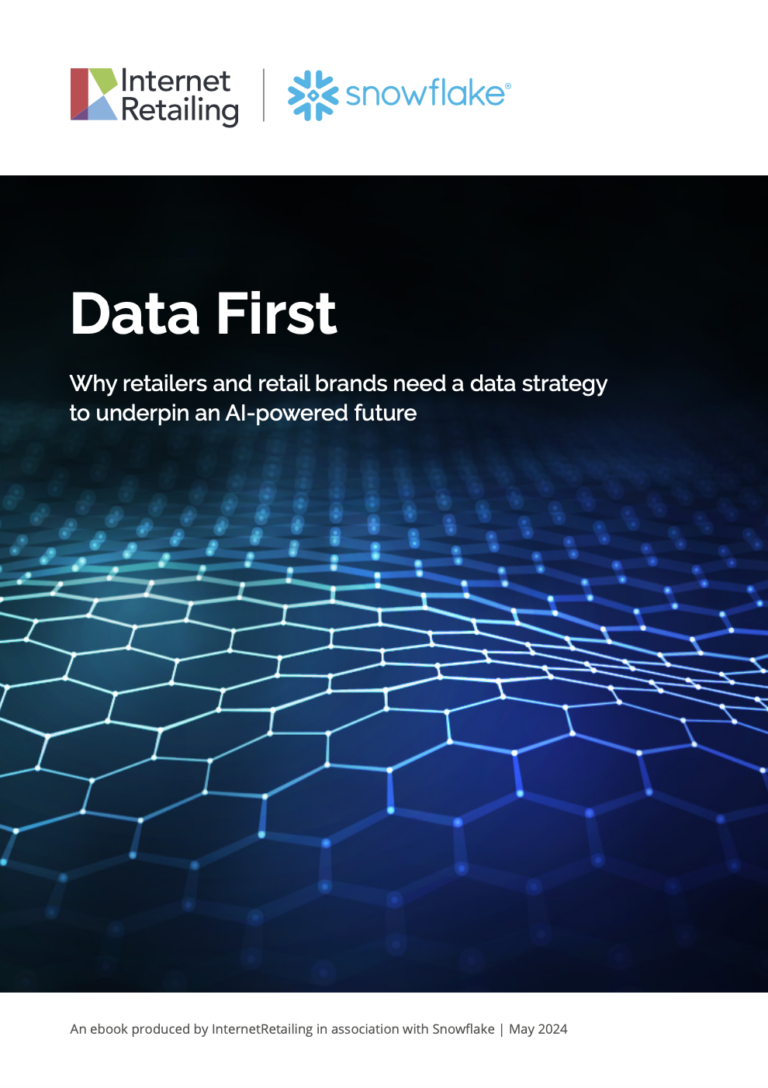In today’s InternetRetailing newsletter we report as Made.com plans to expand across Europe. This year, it forecasts, will be the year that international sales overtake its UK income. But it’s the way that Made is approaching this task that’s particularly interesting. The furniture business has long prided itself on cutting out the middleman in the relationship between the people who design and make the furniture and those who buy it. It started by doing that online and then moved into showrooms where shoppers can touch or feel for themselves. Now it’s expanding the size and number of those showrooms in its latest European expansion. This model, it says, suits the way that millennial shoppers want to buy.
This story is just one pointer towards to a new balance between stores and online. The ‘passing trade’ that high street stores have historically visited now makes its visits online – and especially when it comes to home furnishings such as those that Made sells. It’s often only when online visitors have a clear idea of what they want to buy that they will head to a shop. Thus, while the number of people visiting stores is falling, year-on-year, it’s likely that many of those visiting stores have a clearer idea of what they to buy before they get there, and that should make for a higher level of in-store conversion. And that’s thanks to the research that they did online.
It’s a balance that’s also relevant to the story we have on Superdry today. The fashion retailer’s third-quarter results show that its own direct store and online sales have fallen, while sales to third-party retailers grew via wholesale. Getting that balance right, especially for those that started with stores, is proving a difficult one.
Today we also report on Graze, which was bought by Unilever this week and how its model of subscription deliveries has enabled it to pioneer another way of selling that appeals to a digital generation of shoppers. Made.com argues that the digital millennial generation will account for more than half of all shoppers by 2022 – and that should give the largest retailers new inspiration in testing new ways to sell to shoppers. We heard this week how Ikea Switzerland was, for example, looking into leasing, rather than selling, furniture to shoppers. As yet it’s a pilot project but such moves are likely to be part of some interesting changes in the way that shoppers expect to use the products that they need, or want.
Today’s guest comment stays on a similar theme. Scott Clarke of Cognizant considers what retailers can learn from the way that Christmas markets have reinvented themselves in order to stay relevant for a 21st century market, almost 600 years after the concept was first launched.
We also cover new research that looks at how Australian shoppers buy from UK websites, at the growth of click and collect, and at how French shoppers are adapting to buy little and often. Our European coverage considers how Blokker is connecting bricks and clicks and how CDiscount is looking at data solutions to improve the customer experience.
Image: Fotolia










